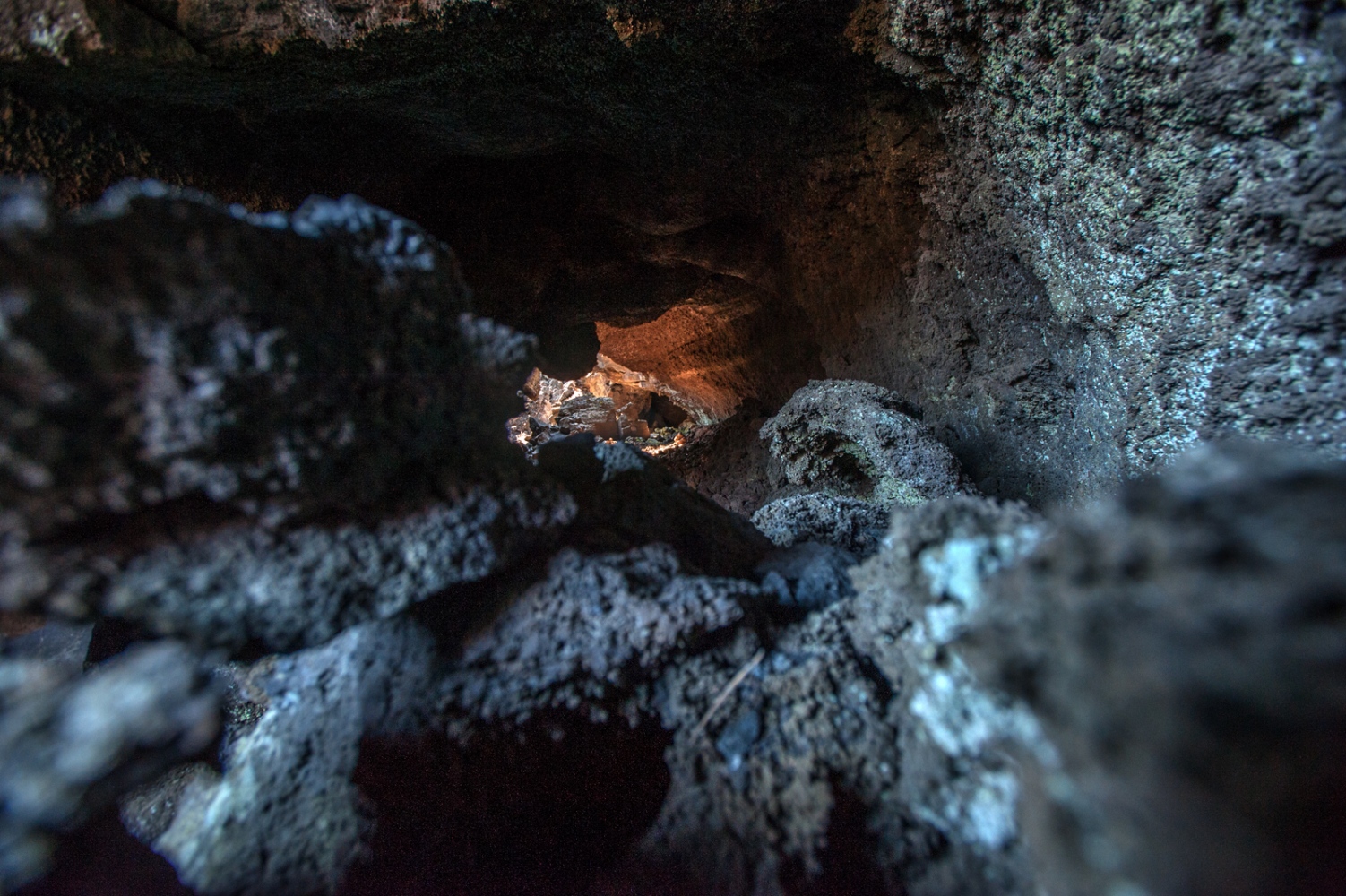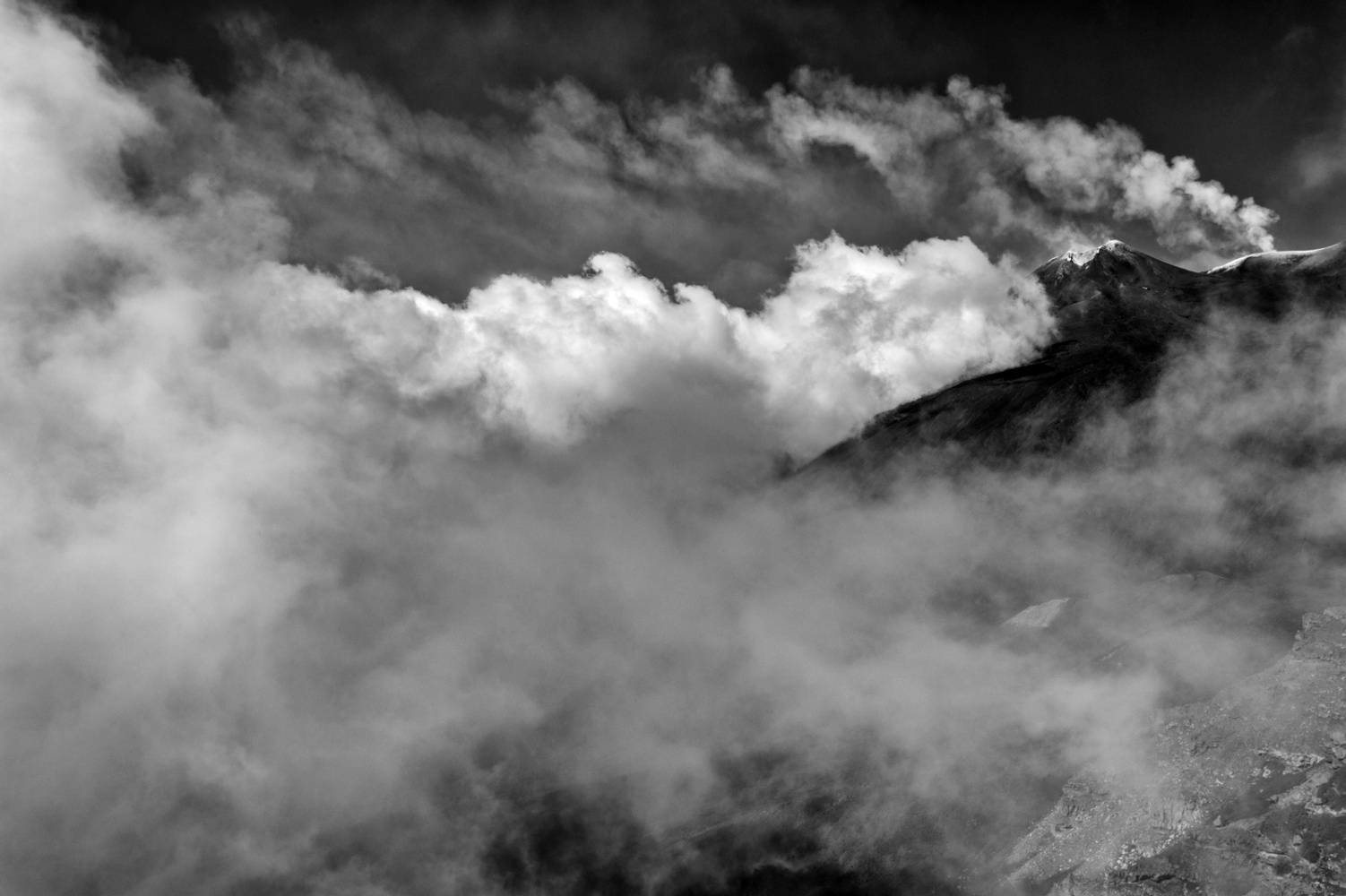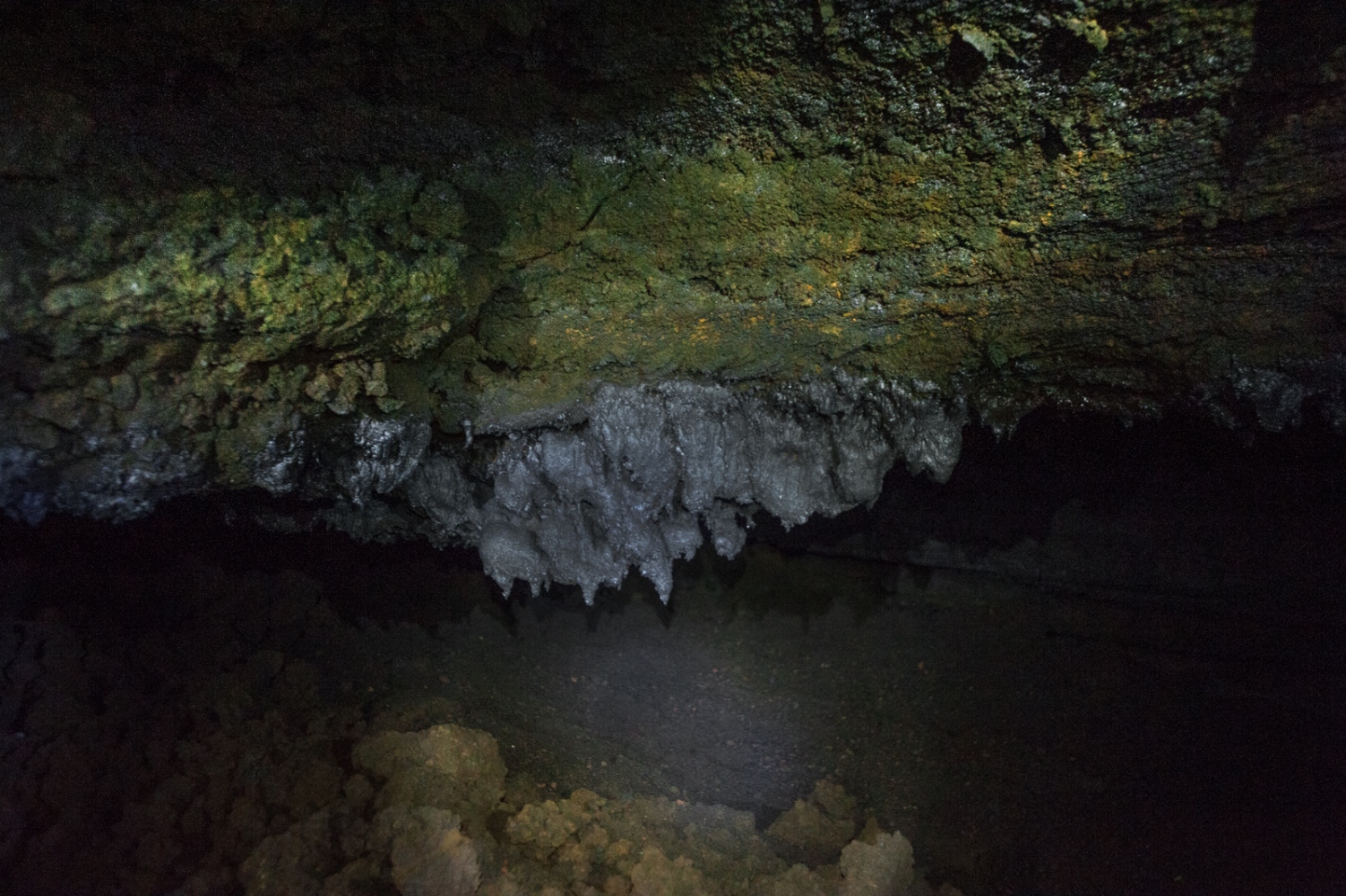The Etna volcano, A Muntagna in Sicilian dialect, is a concentrate of myths, legends and cultural intertwining. Since the dawn of time it has captivated men, eager to discover its innermost meanders and its mysterious beauty, in search of that link between reality and imaginary as an introspective journey into the soul. Dark and fleeting presences, occult divinities, giants, wizards and fairies tremble among its innards. The silence of its nights is often torn by the laborious panting of Hephaestus, who forges the iron in the dark cavities of the caves, raising red lava to the sky and hot as blood. Inside its horrifying caves, the terrible Giant Enceladus, who in that Hell was confined for having insulted the Gods of Olympus, opens his jaws showing pointed "dog's teeth" that in the darkness show its eternal torment for the punishment received. His fiery breath goes through the deeper meanders of the Volcano, investing and overwhelming everything that presents itself in front of the painful rage and goes up to the peak where, gushing like a stream of blood, dyes the sides of Muntagna and expands slowly on the ground of the island by dividing into tongues of fire like snakes. A terrible guardian watches over these deep chasms; its barking reverberates in those depths; with eyes injected with blood it penetrates into the darkness, so that no one can get out of it ... it is Cerberus, the monstrous dog, guardian of the infernal abysses ...
Besides being, in the collective imaginary, places of mysteries and legends, the caves of Etna, the highest and most active volcano in Europe, are also testimony of anthropological nature and object of scientific and speleological interest. Their formation originates from lava flows, which run along the sides of the volcano, creating parallel paths.There are several mechanisms of formation of lava tunnels. The most frequent occurs in the presence of flows with a width of less than five meters. In this case solid lateral levee are formed due to thermal dispersion and lower flow velocity. Thus a channel is created in which the lava flows at a temperature of about 1000 ° C. These banks can grow and become thick and tall until they converge and weld in the summit.However, these are delicate structures that can be destroyed and rebuilt several times during the course of the same eruption. If the lava channel is more than five meters wide, the training mechanism develops on two fronts. The external part of the casting, which usually has a temperature between 1050 ° and 1150 °, coming into contact with the atmosphere, cools and solidifies, while inside the flow, keeping its heat, continues to flow like if it were in a gallery. When the casting begins to die out and therefore the flow no longer receives energy, the pipeline is emptied and gives way to a lava flow cave.These tunnels, born in this way, are referred to as emptying tunnels and are typical of basic and therefore relatively fluid magma volcanoes. As soon as the lava level begins to fall, stalactites begin to form, also known as "Dog's teeth", they are solidified lava drops that hang from the ceiling of the caves. These stalactites can be formed either by recasting small portions of the gallery ceiling, if it has a smooth and reddish surface, or by vertical fluctuations in the lava level that causes the molten drops to stick to the ceiling. The stalactites thus formed are black and wrinkled. If, instead, a continuous oscillation of the flow inside the tunnel has formed of the stratified banks, it is possible that some gas bubbles remain trapped between the different layers. When the lava level drops permanently, the pressure of the gas creates some small explosions that form blister on the side walls.Along a cross-section of a tunnel it is possible to observe some lateral shelves that run longitudinally across the tunnel. They are formed when the level of the lava remains for a long time along the drainage phase. Two shelves can meet and weld together and form a surface that horizontally separates the tunnel into two sections. When emptying, on the other hand, it is very fast some layers of inner lining can fold in on themselves forming lava rolls. Within these cavities when the lava begins to cool, reaching a temperature of about 50 degrees, ephemeral concretions are formed whose composition depends on the mineral salts present, such as rock salt and thenardite, on the basis of which the concretions assume colorations white with blue or bright yellow hues if iron and copper oxides are present.
The caves are among the most fascinating attractions of the Etna volcano, which hosts over two hundred and create a unique landscape in the world that highlights the power of a powerful nature, sometimes brutal but also mild and benign.






















